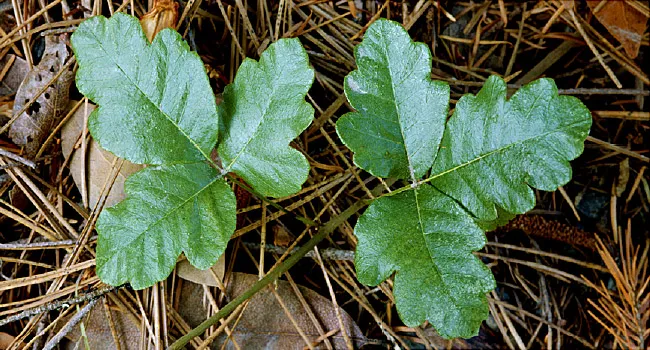How do you treat simple cuts and scrapes
Wash with warm soapy water, and apply a bandage
How do you treat a nosebleed?
Sit leaning forward, pinching your nose firmly but gently high on the nose. Hold a cold compress to the nose.
List all types of burns in order of severity. Which (if any) can naturally heal?
First, Second, and Third degree burn. Only first and second degree burns can naturally heal.
How do you treat first degree burns?
Rinse under cool water, then apply aloe vera gel. Bandage if necessary.
How would you treat someone who has frostbite? What is something you should be careful for when treating the person.
Move the victim into a sheltered/warmer area. Warm the affected area with contact (usually by placing warm skin onto the area). Do not switch temperatures too drastically or the victim can fall into shock.
How do you treat and object in the eye?
Flush with water, and if serious, contact medical professionals.
How do you treat blisters (explain more than just "moleskin")? What if the blister pops?
First, cover the tender area with a piece of moleskin. If the blister pops, drain the fluid. Wash the area with soap and water, and bandage the wound.
Identify the plant:

Poison Oak
Mammals (warm-blooded)
List every venomous snake in New Jersey
Timber Rattlesnake and Northern Copperhead
Explain the steps you would take to treat someone who is choking.
Ask the individual if they are choking. If not verbal response can be given begin by performing the abdominal thrust. Make a fist with one hand, placing the thumb side against the person’s body just below the ribcage. If the person falls unconscious begin CPR.
How do you treat heatstroke?
Move the victim to a shady area and loosen clothing. Give the victim SMALL amounts of water. Call medical help immediately.
Order these ticks by size and explain which is most dangerous:
Deer tick, lone star tick, dog tick
Largest: Dog tick
Smallest: Deer tick
Deer ticks usually cause the more severe diseases.
List at least seven items which you should have in your personal first aid kit.
1. Adhesive bandages of assorted sizes
2. Gauze pads
3. Medical adhesive tape
4. Moleskin
5. Small bar of soap/small container of hand-sanitizer
6. Small pair of scissors and tweezers
7. Disposable medical gloves
8. Antibiotic ointment and/or hydrocortisone cream
How do you treat shock?
Keep the person warm, and make sure they are lying down. Elevate the feet to make sure blood gets to the essential organs.